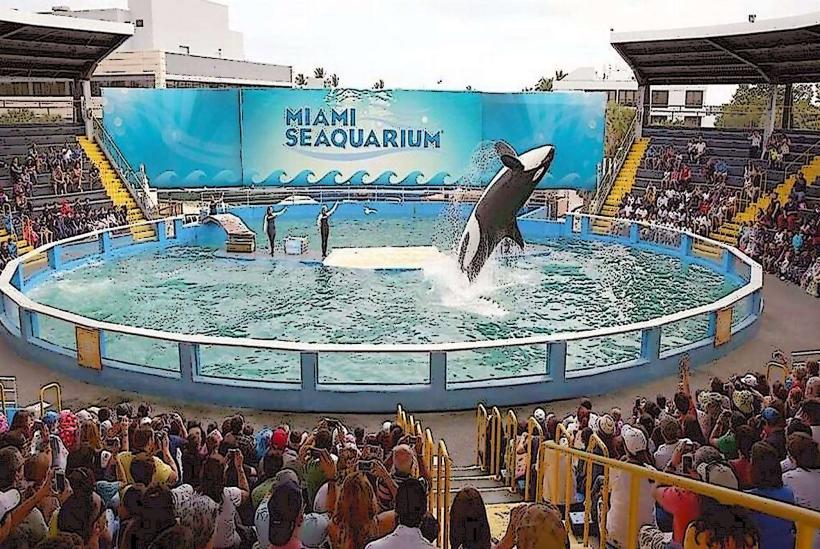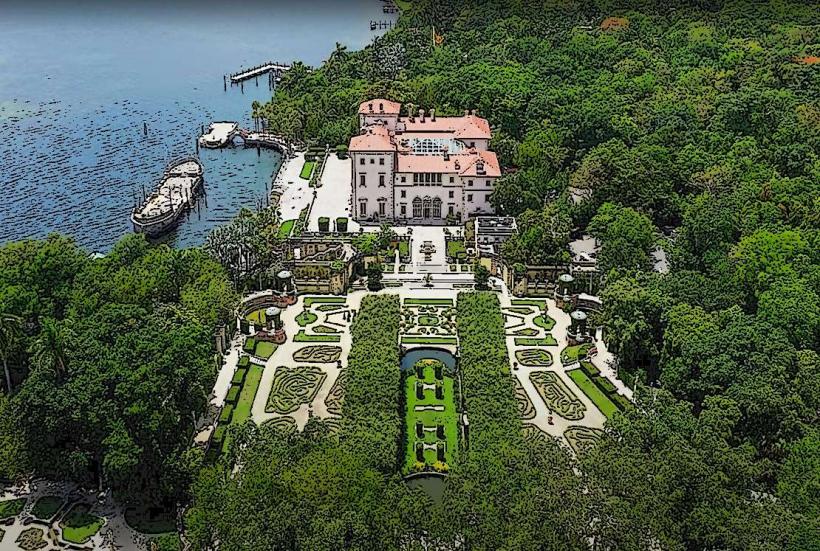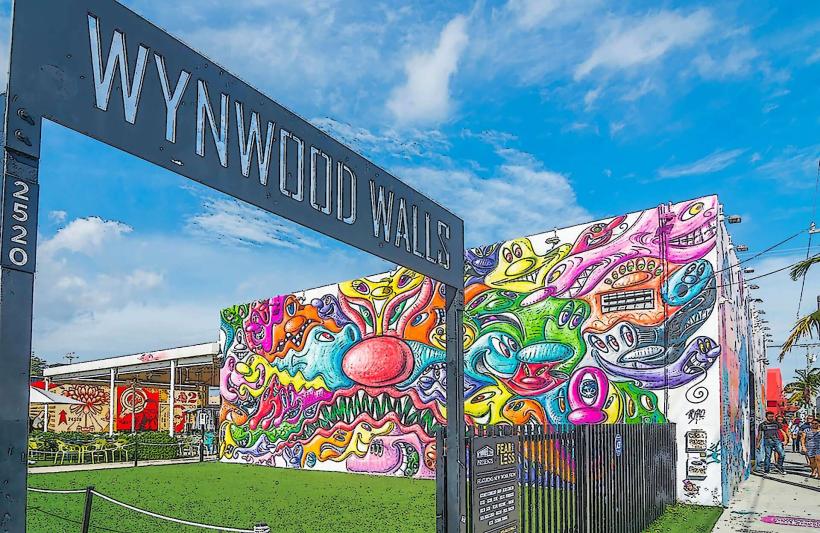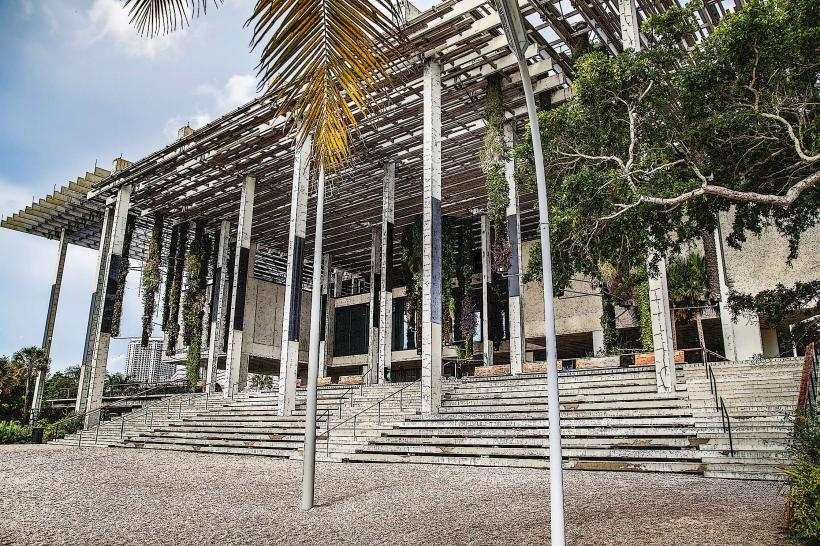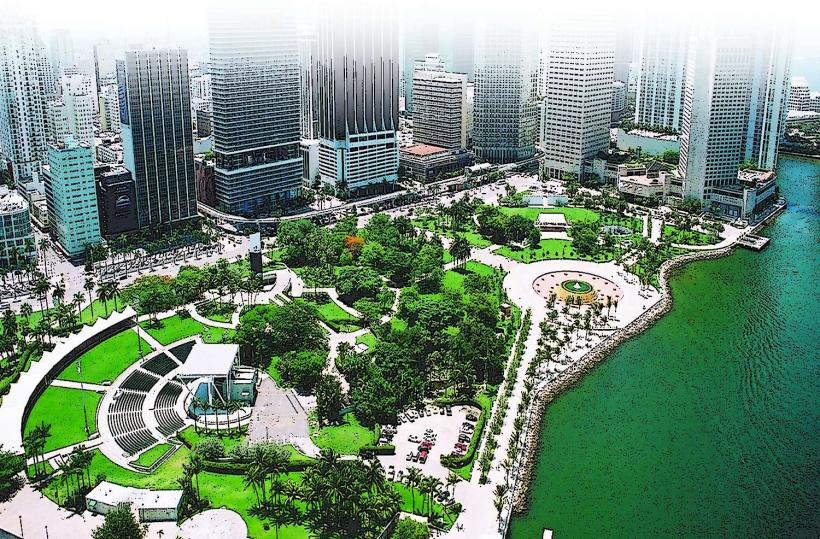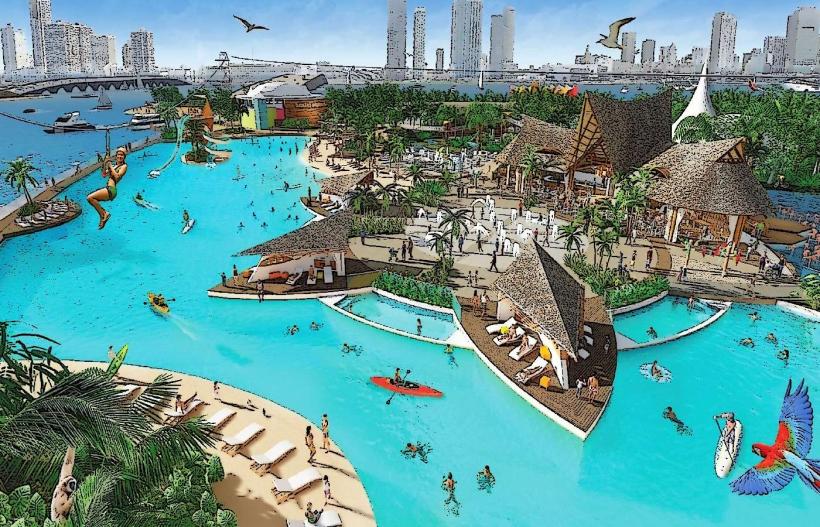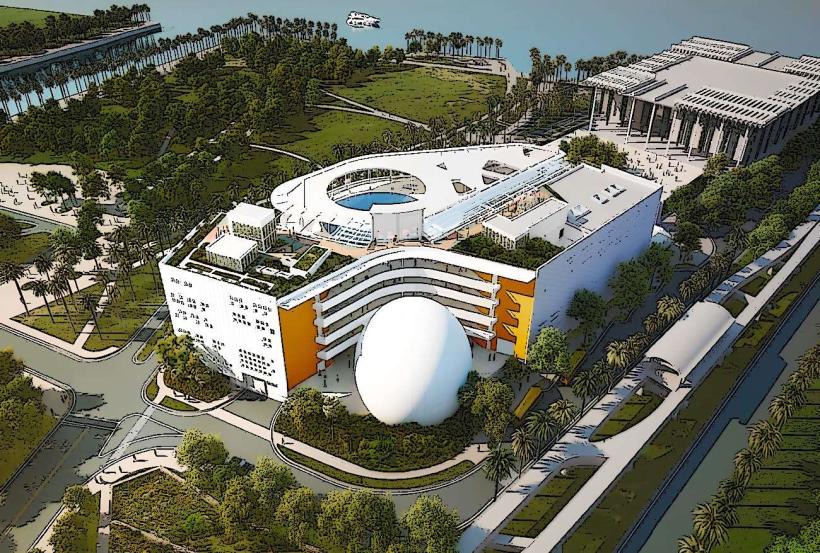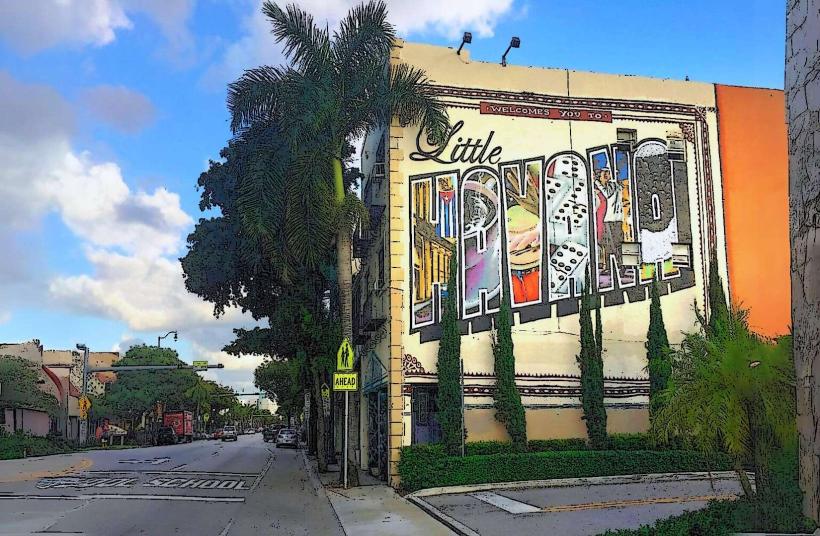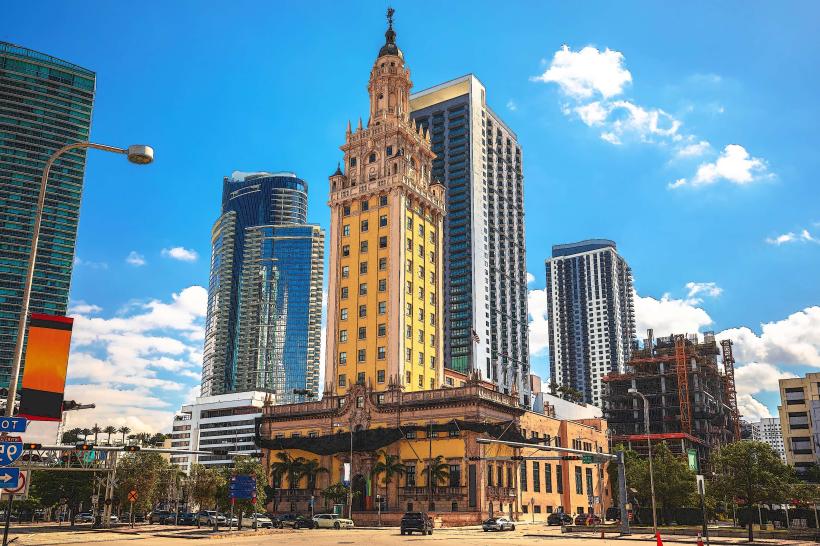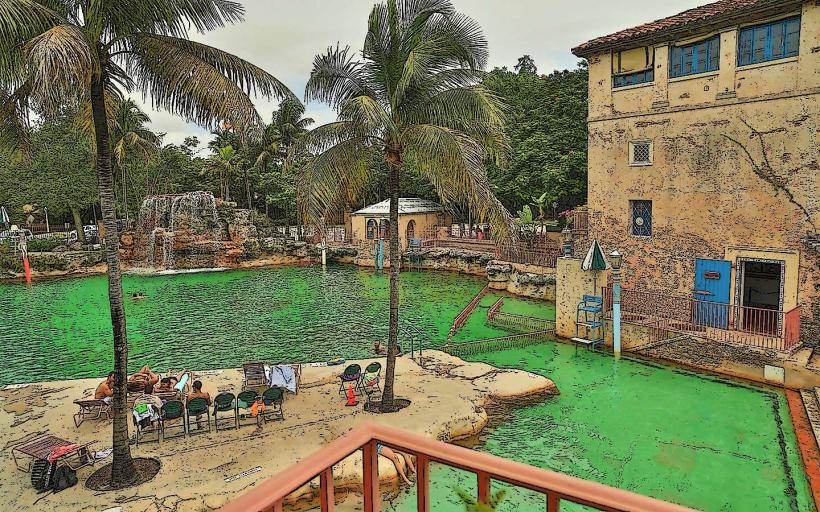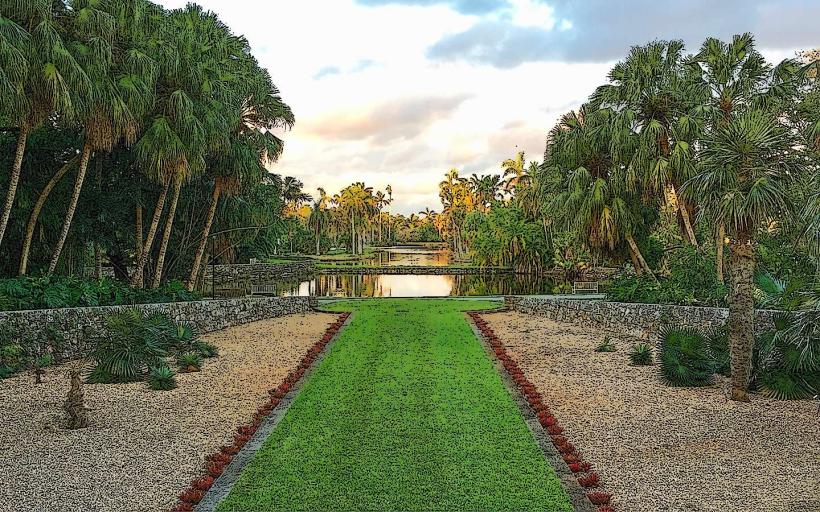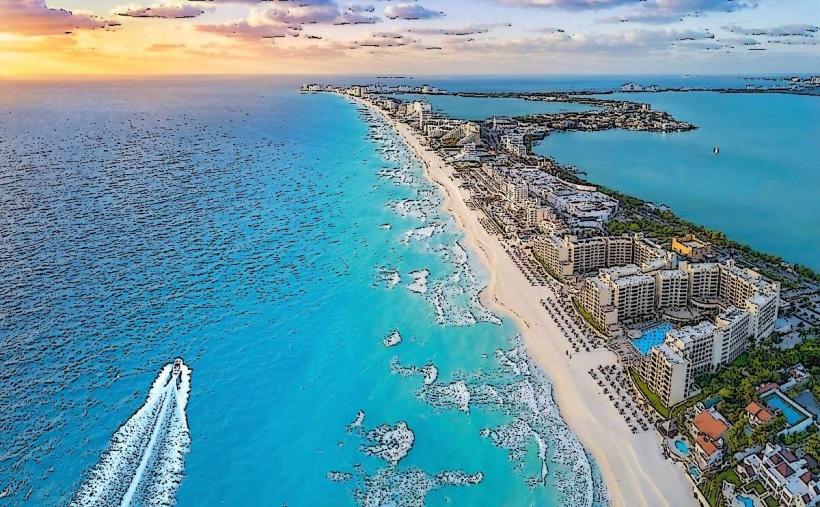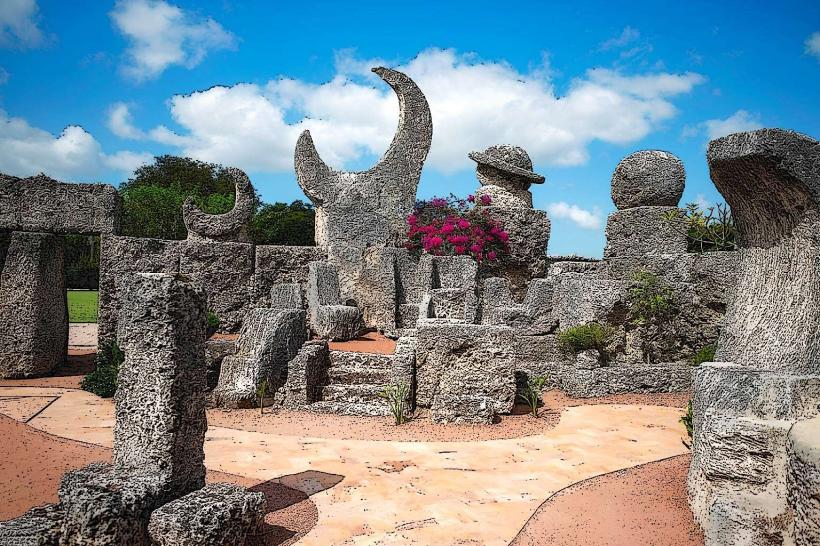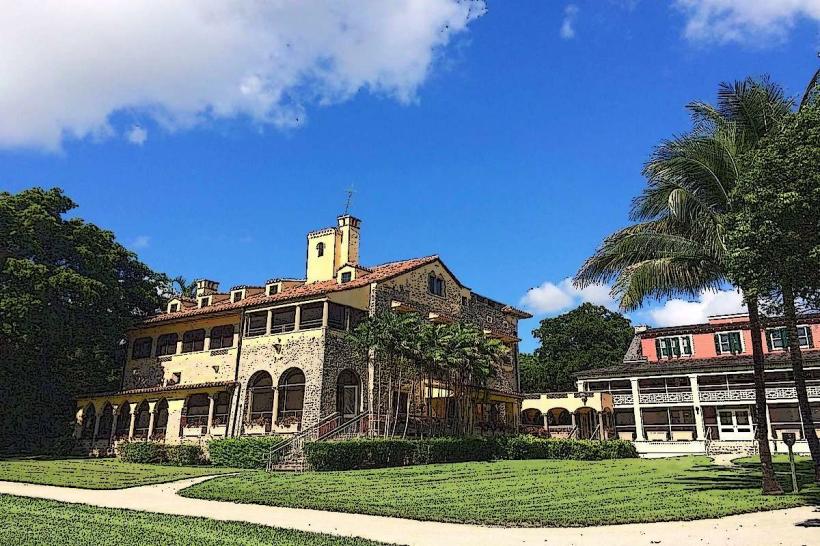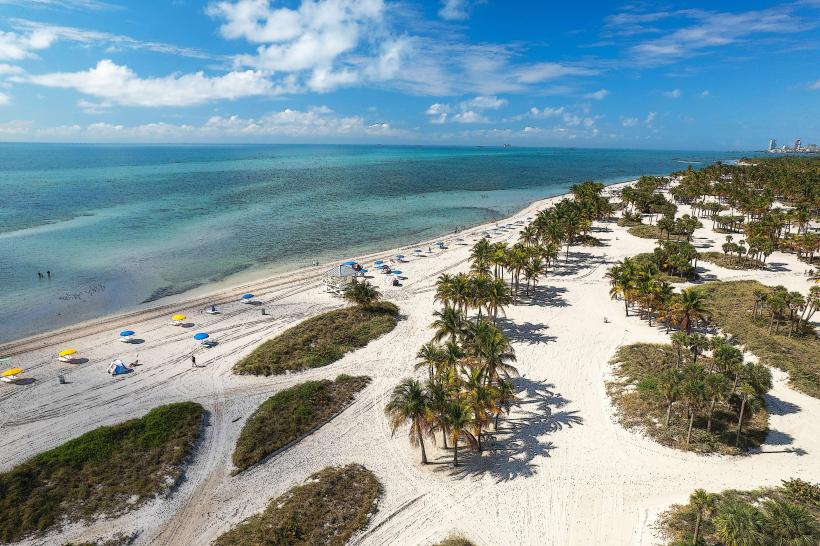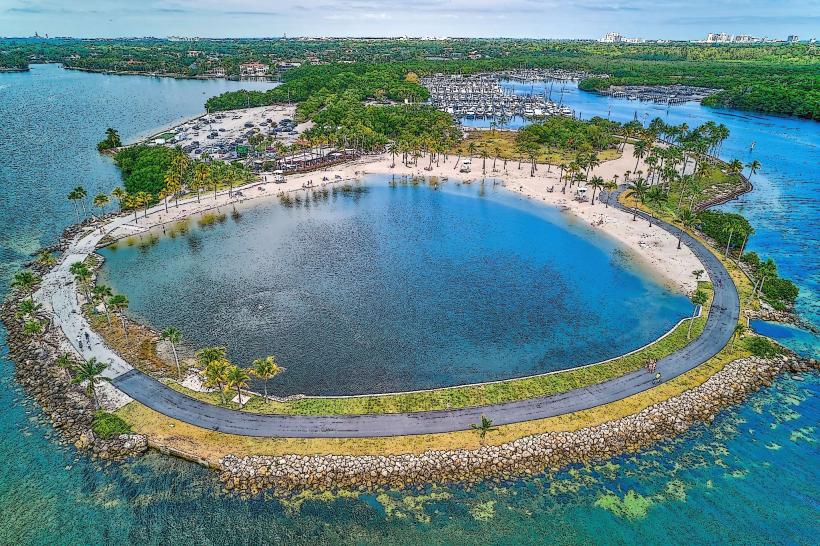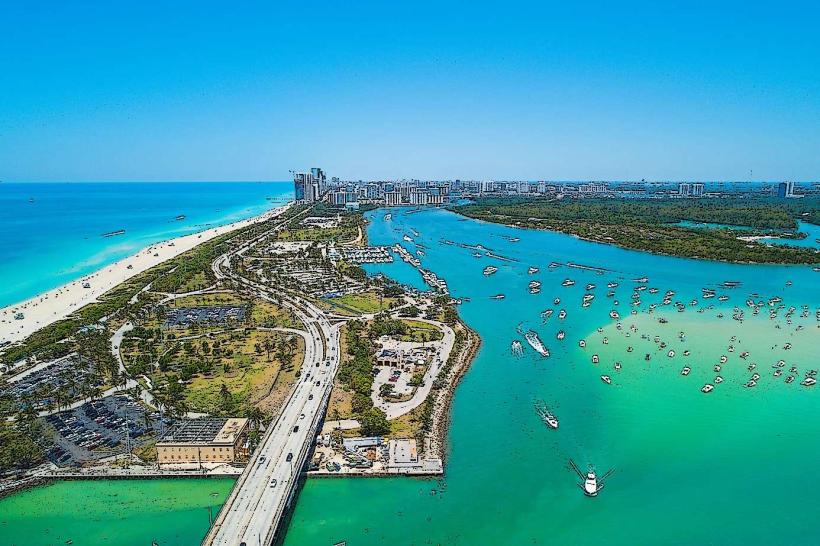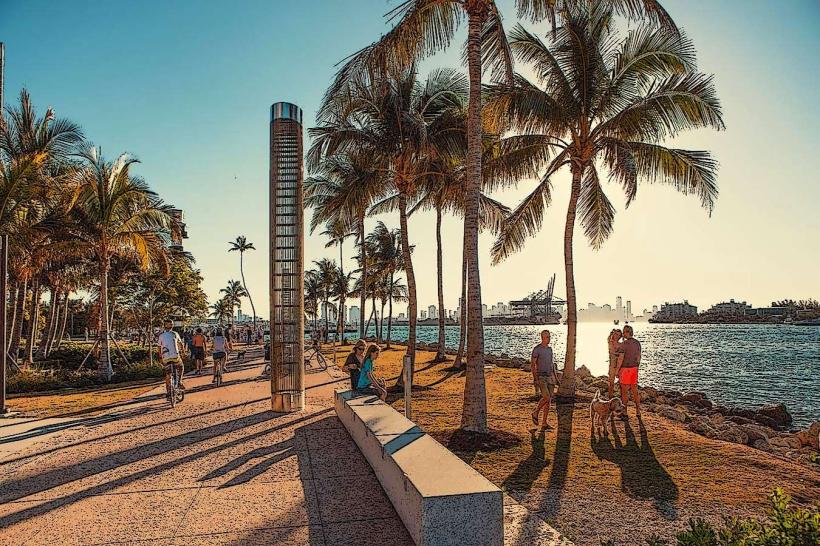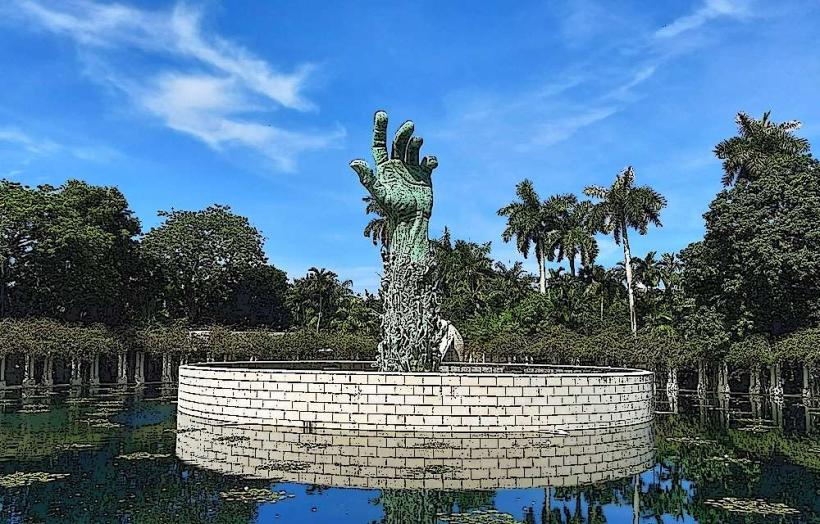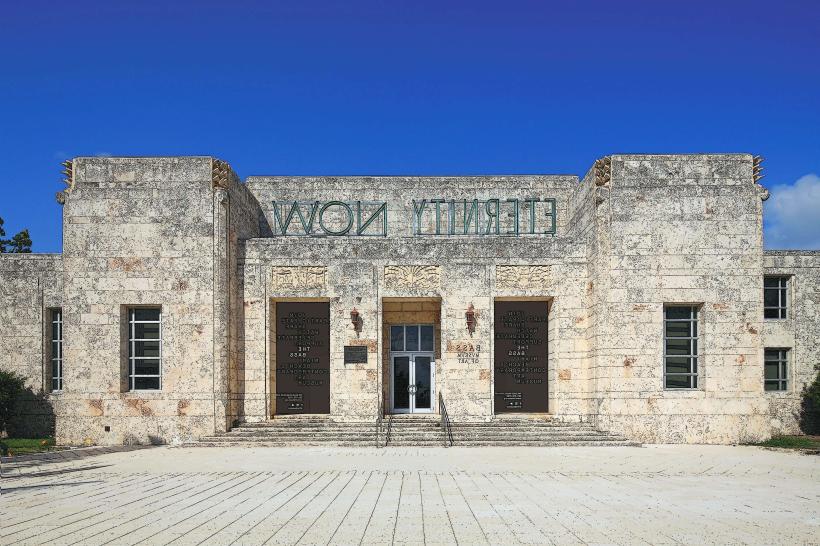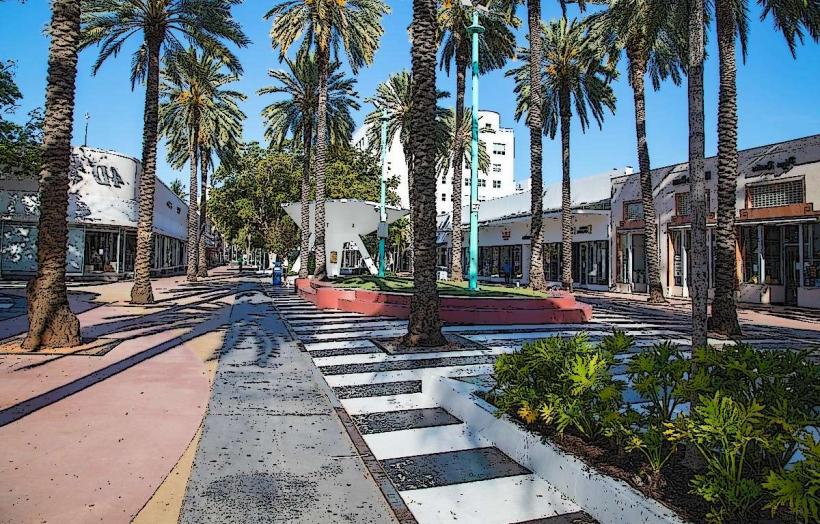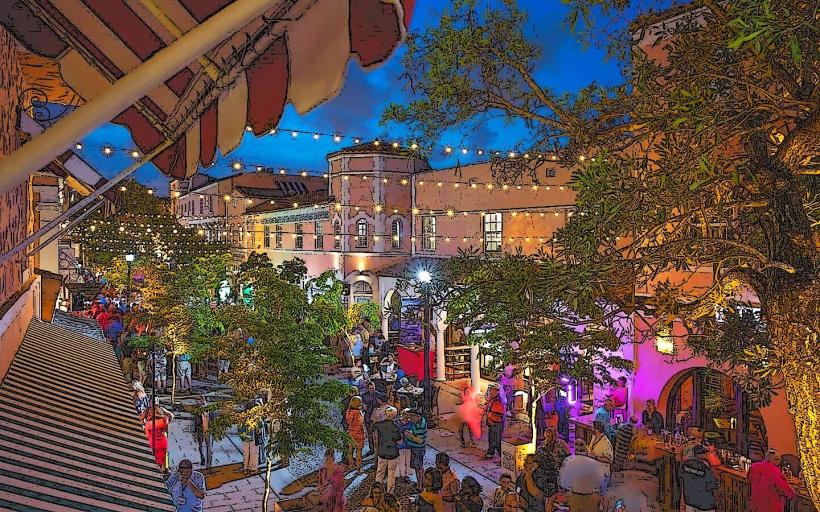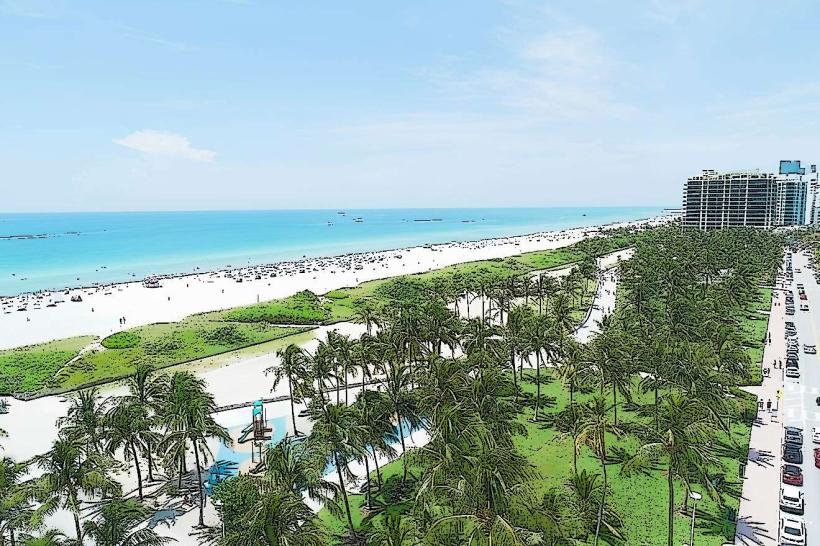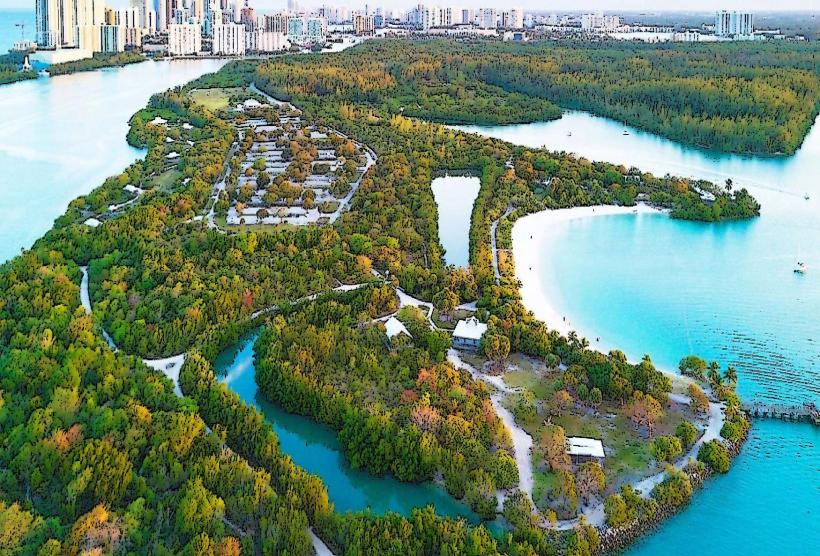Information
Landmark: Miami Design DistrictCity: Miami
Country: USA Florida
Continent: North America
Miami Design District, Miami, USA Florida, North America
The Miami Design District is a vibrant, high-end neighborhood in Miami dedicated to art, fashion, architecture, culture, and culinary innovation. Located just north of downtown and Wynwood, it has transformed from a once-industrial area into one of the most sophisticated urban districts in the U.S., blending luxury retail with cutting-edge public art and design.
Here is a detailed overview of the Miami Design District:
1. History and Transformation
The area was originally a manufacturing and furniture showroom zone in the mid-20th century.
Its transformation began in the early 2000s, led by Craig Robins, a developer and art collector who envisioned a creative district.
With heavy investment and partnerships with luxury brands and artists, the area evolved into a global destination by the 2010s.
Today, the district is a walkable urban oasis combining modern architecture, public plazas, contemporary art installations, and an unparalleled concentration of luxury design.
2. Fashion and Luxury Shopping
The district is renowned for hosting some of the world’s top designer brands in striking architect-designed spaces.
Flagship and Concept Stores Include:
Louis Vuitton, Dior, Chanel, Hermès
Gucci, Fendi, Prada, Saint Laurent
Bulgari, Rolex, Tiffany & Co., Cartier
Tom Ford, Balenciaga, Valentino, Off-White
Each boutique often features unique facades and interiors designed by acclaimed architects or artists, blending retail with immersive art and spatial experience.
3. Art and Public Installations
The district is an open-air art gallery, with numerous permanent and rotating contemporary artworks. Visitors can experience art without ever stepping into a museum.
Highlights:
Fly’s Eye Dome by Buckminster Fuller – a 24-foot geodesic dome and focal point of Palm Court.
Vortex by Marc Newson – a dynamic spiral installation.
“Jungle Plaza” murals and large-scale installations by international artists.
Sculptures, digital art, and immersive light displays change regularly.
Institute of Contemporary Art, Miami (ICA) – located at the edge of the district and offers free admission to its rotating exhibitions of contemporary art.
4. Architecture and Urban Design
Every corner of the district reflects a design-forward philosophy, with bold buildings, creative facades, and futuristic landscapes.
Designed by top architecture firms such as Sou Fujimoto, Zaha Hadid Architects, Aranda/Lasch, and Dacra.
Palm Court and Paradise Plaza are central open-air courtyards filled with sculpture, gardens, and seating.
Breezeways, water features, and trees create a comfortable pedestrian experience, even in summer.
5. Culinary Scene
The district is also a rising culinary destination, home to award-winning restaurants and cafés by top chefs.
Notable Restaurants:
Swan & Bar Bevy – owned by Pharrell Williams and David Grutman; modern, upscale American cuisine
L’Atelier de Joël Robuchon – fine dining with French culinary mastery, Michelin-starred
Le Jardinier – vegetable-forward cuisine in a sleek indoor/outdoor setting
Mandolin Aegean Bistro – Mediterranean flavors in a charming restored house
Michael’s Genuine Food & Drink – local favorite known for seasonal, farm-to-table dishes
Cafés, juice bars, and artisanal bakeries are scattered throughout, ideal for relaxed afternoons between art and shopping.
6. Events and Cultural Programming
The Design District regularly hosts cultural events, especially in art, design, fashion, and music:
Art Basel Miami Beach satellite events
Public talks, design fairs, and gallery nights
Live music, outdoor film screenings, and performance art
Fashion pop-ups and seasonal installations
Holiday-themed art displays (like the annual design of the Christmas Tree by notable artists)
All are designed to attract a mix of art lovers, creatives, and international travelers.
7. Sustainability and Community Design
The Miami Design District is built around walkability, green space, and sustainability:
LEED-certified buildings
Native landscaping and water conservation elements
Bike racks and electric vehicle chargers
Commitment to preserving public access to art and culture
It maintains a balance between exclusivity and accessibility by offering free art exhibitions, public programming, and open-air spaces.
8. Visiting the Design District
Location: Roughly between NE 38th and 42nd Streets, east of North Miami Avenue
Hours: Open-air district, with individual store and gallery hours varying
Parking: Several public parking garages with sleek designs and street parking available
Public Transport: Easily accessible by rideshare, bus, and close to Wynwood and Midtown Miami
Conclusion
The Miami Design District is more than a luxury shopping destination — it’s a curated experience of art, innovation, architecture, and taste. It appeals to fashionistas, art collectors, designers, foodies, and travelers looking for a refined yet accessible slice of modern Miami culture. Whether you're admiring a building façade, dining under the stars, or exploring a public art walk, the Design District immerses you in a world where creativity is at the center of everything.

